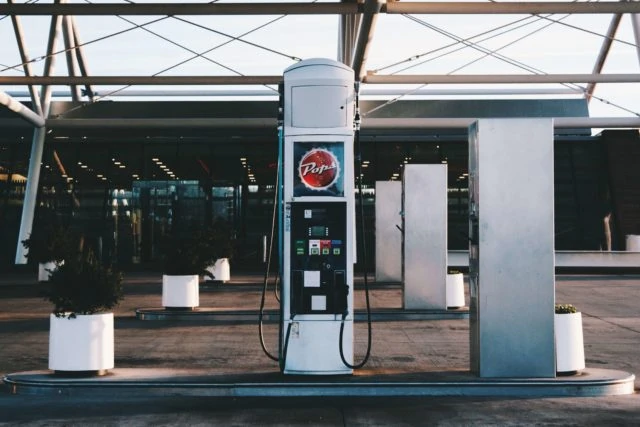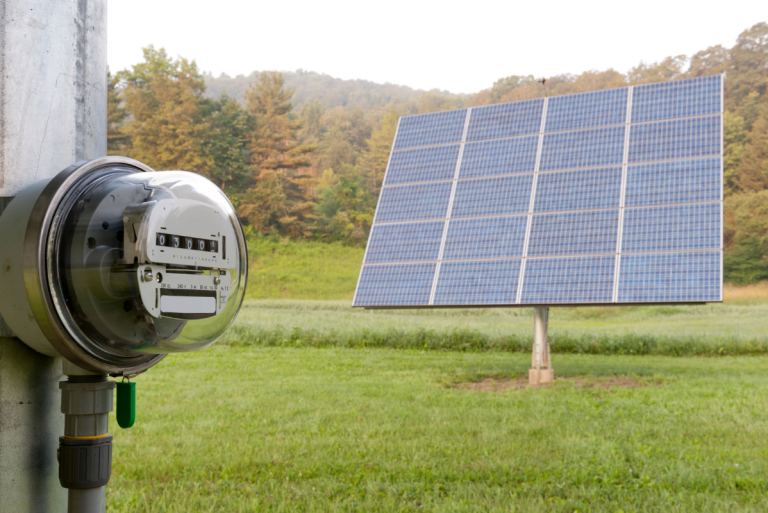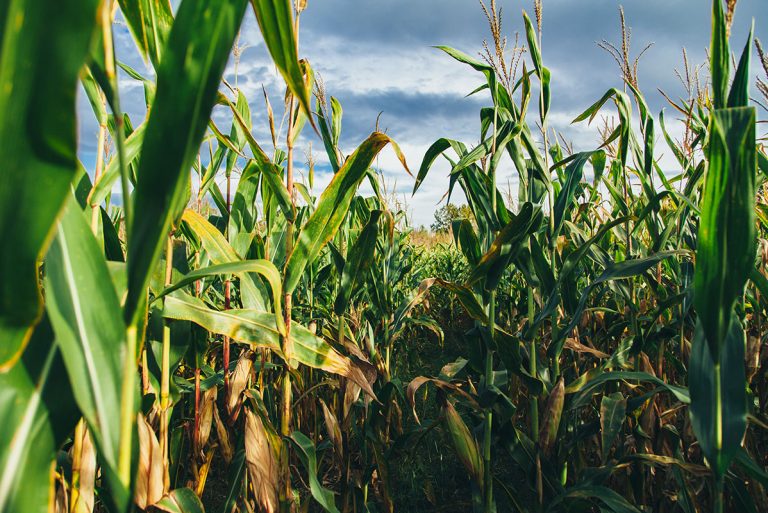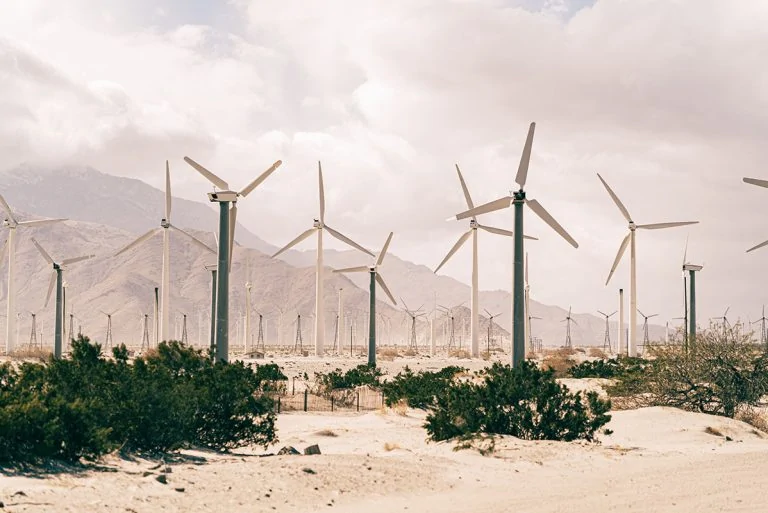If you have been unsure of which between ethanol and gasoline is the best fuel, here is a list of ethanol pros and cons to get rid of that doubt.
11 Important Ethanol Pros And Cons You Need to Know
With the increased awareness of the dangers posed by some fuels to the environment, as well as the fact that most of them are depletable, more focus is now on alternative sources of energy.
The world is now shifting to the use of renewable sources of energy, which are more friendly to the environment and do not face depletion risk.
Today, our focus is on ethanol gas, and we shall look at various ethanol pros and cons, to better understand its usage.
Although ethanol used as a fuel was discovered many decades ago, the fuel didn’t attract much popularity as gasoline. Therefore, gasoline is being used more despite the many drawbacks.
In this article, we try to understand the benefits that come with using ethanol as a fuel, as well as some of its drawbacks.
What is Ethanol?
Ethanol is a biofuel that is created through the fermentation of plants, especially sugarcane and corn. It is a renewable energy source that is made from living organisms, as well as other biological elements like algae and manure.
However, although the fuel is a renewable resource, we require energy to produce it.
And, even though ethanol offers a cleaner form of burning fuel, it also has its shortfalls which made gasoline a more preferred fuel. Proponents of increased use of ethanol consider the fuel green, as it is not toxic to the environment.
How to Make Ethanol
No matter the use, all ethanol is manufactured through processing grains like barley, wheat, corn, and other plants. The production process of ethanol fuel is completed through three distinct stages:
-
Production Stage
This is the initial stage of ethanol fuel production. The stage starts with the microbial fermentation, whereby they ferment natural sugars. In the process, natural carbohydrates such as cellulose and starch, are converted into sugar, using enzymes. Just like in producing alcohol, the distillation of these sugar takes place next.
-
Distillation
This is the second phase of ethanol manufacturing. Here, the process of removing water from sugars takes place. The process is necessary if the ethanol is to become a viable fuel. However, although the distillation process removes most of the water, it also lowers the purity of the ethanol down to about 96%.
For this reason, one more step is needed to make the ethanol a purer product. Therefore, dehydration takes place.
-
Dehydration
In this last stage of ethanol creation, the substance undergoes five essential stages. Firstly, benzene and cyclohexane are added to the solution in a process known as azeotropic distilling. This combination process forms a heterogeneous azeotropic solution of a vapor or liquid mixture.
When now the mixture is distilled, it brings about the generation of a substance known as anhydrous ethanol. The process also produces a gaseous solution of benzene, cyclohexane, and water. When it is again condensed, it forms two-parts ethanol.
From here, the last step is to add a ternary component that aims to increase the volatility of the current ethanol.
Ethanol, Gasoline Blending
Currently, virtually all car models can run on an ethanol, gasoline mixture of 90/10%. This means that the fuel solution is 90% ethanol and 10% gasoline or any other hydrocarbon. E85 gas which is the most common, is a solution that consists of 15% hydrocarbon or gasoline and 85% ethanol.
In the United States, this ethanol, hydrocarbon ratio varies based on requirements by the ASTM 5798, which is the body that specifies the rate. The content of ethanol in ethanol flex-fuel can range between 51% and 83% in the US.
In countries like Brazil and Australia; however, the amount of ethanol in the E85 fuel is always 85% as indicated.
Advantages of Ethanol
-
Greenhouse Gases Reduction
According to various studies, the use of ethanol in vehicles reduces the emission of greenhouse gases with up to 30% in every mile. This is a significant reduction which will have positive effects on our environment. If we want a cleaner and more livable environment, we need to use fuels that are less detrimental to our surroundings.
Unlike fossil fuels such as gasoline which adds greenhouse gases to the environment in substantial levels, the use of ethanol fuels will reduce such effects.
Also, ethanol is made from plants, and therefore, if there is any spillage, more than ¾ of the ethanol will disintegrate in less than five days. This is not the case with petroleum products.
-
Use Existing Gasoline Fuel Stations
Some critics of the use of ethanol, states that there is no enough infrastructure to support its introduction. However, we can still use the existing stations for gasoline to distribute ethanol fuel.
And, although the storage facilities and pipelines may require some adjustments, the benefits of ethanol fuel outweigh these costs by far.
Currently, in the United States, fuel stations that exceed 2000 in total, already distribute the E85 fuel.
It is easy to transform these fuel stations and other components needed to ensure the distribution of ethanol. Therefore, it’s not prudent to cling to the old and environmentally detrimental fuels just because of fear of change.
-
Usable Byproducts
In the process of producing ethanol, the byproducts included are carbon dioxide and DDGs. If CO2 capture technology is used in the process, the carbon dioxide is usable in various processes such as cryogenic freezing, creation of dry ice, as well as in the pneumatic systems as an agent.
On the other hand, DDGs (dried distillers’ grains) can readily be used as animal feeds, in place of soybean meal and cornmeal. Based on a report by Corn & Soybean Digest, a ton of dried distillers’ grains, can substitute 1.22 tons of soybean and corn in the production of animal foods.
Therefore, not only does ethanol protect the environment, but its byproducts are also economical to use.
-
Made From Multiple Raw Materials
One of the best things about ethanol fuel is that it can be produced from various products. For example, in the US, corn is the primary material in the production of ethanol. However, in a country like Brazil, they use sugarcane as the primary substance.
Cellulosic ethanol, for example, can be formed from virtually any type of living plant, even algae. This type of ethanol comes from either cellulose or plants’ fibers, instead of the seeds or fruits. This creates variety in the source of materials to make ethanol making it a renewable energy source.
-
Ethanol Creates Positive Energy Balance
Contrary to what critics of this form of energy suggest, ethanol produces energy balance. Critics say that the power we need to produce ethanol is much more than the energy we get from the process. Research however, shows that ethanol fuel from corn produces positive and balance form of energy.
For example, in the US, corn creates 1.3 units of energy from each unit of corn. On the other hand, in Brazil, they produce eight units of energy from every unit of sugarcane.
In addition, if you use cellulose, experiments reveal that you will make 36 units of ethanol energy from every unit of the raw material. Also, in the process of making ethanol fuel, there are numerous usable byproducts such as corn oil.
-
Ethanol is a Renewable Source of Energy
Since ethanol comes from plants, we consider it to be renewable, as well as sustainable. This is because plants only need sunlight and water to grow, thus less prone to extinction.
This form of energy can be produced from almost any plant, which makes it hard to run out of resources, as plants are growing each day.
Therefore, when looking at ethanol pros and cons, these are the major positive points we should consider.
Disadvantages of Ethanol
Even though ethanol fuel comes with multiple benefits both to the environment and the economy, it also has several drawbacks. These disadvantages include:
-
Price Fluctuations
The prices of ethanol vary and fluctuate greatly. For example, ethanol is in some instances sold in a price that is almost 30 cents lower than that of gasoline. Also, in some other cases, more than 80 cents above the price of gasoline.
These fluctuations are mostly due to locations as some parts, for example Midwest, sell it cheaper due to the high availability of corn.
-
Not As Effective Or Lower Mileage
Naturally, ethanol offers a lower amount of energy in contrast to gasoline. The lower energy will, in return, lead to a lower mileage by around 20% to 30%.
However, there are some engine technologies of some cars, that lessen the effect of lower mileage. These technologies make the effect much less noticeable.
-
Lack of Infrastructure
There is not enough and proper infrastructure for the mass production of ethanol for global use. Also, there are fewer fuel stations for ethanol, with the largest number located in the Midwest. This is because the Midwest is the highest producer of ethanol fuel.
Therefore, many people, even those with fuel-flexible cars, find themselves still using gasoline instead of ethanol fuel.
-
Corrosive Effect
Since ethanol can absorb water, it therefore, means that pipelines for its distribution must be retrofitted to avoid corrosion. This makes it hard to transport ethanol fuel over long distances, without the use of protective technology in the distribution network.
Contamination of the fuel may also occur if it absorbs water, which may damage an engine which sits idle for a long time. Ethanol is also a great solvent which makes it possible to dissolve rubber, plastic, and fiberglass. This is dangerous to engines.
-
Large Crop Space
For large production of ethanol fuel, you require large farms to grow the plants necessary for its production. For example, you require large tracts of land to grow enough corn for massive ethanol production.
Also, due to the volatility in corn prices, it’s difficult to determine how much it costs to produce one unit of ethanol fuel. In addition, since animals consume corn, it exerts more pressure on its production.
Benefits of Ethanol Free Gas
When looking at ethanol pros and cons, it is also prudent to see some of the advantages of ethanol free fuels, so that we can compare. This way, we will have a full picture of the two types of fuels.
-
Higher Mileage.
Research shows that ethanol free gas offers the driver more mileage per gallon. This makes the ethanol free gas more efficient than the one that contains ethanol.
For example, gasoline offers higher energy and therefore provides more power when it burns. For this reason, you are able to achieve greater mileage using less fuel.
-
Engine Friendly
Contrary to ethanol which negatively affects the engine, especially for older car models, ethanol free gas is friendly to the engine. This is because some car models were not built for the use of ethanol fuel.
A fuel like gasoline doesn’t cause corrosive effects, or rust to the engine, whereas ethanol does, due to its ability to absorb water.
-
Less Dependence On Ethanol Crops.
Unlike ethanol, that requires the growth of corn for its production, fuels like gasoline don’t. More production of ethanol means more corn and high dependence on the crop for more production.
The more we produce ethanol, the more we will need corn or sugarcane which will drive up their price.
Conclusion On Ethanol Pros And Cons
Although the increase in the use of ethanol will have a positive effect on our environment, it’s evident that it also has its setbacks. There is a lot that needs to be done to improve its efficiency as well as it’s cost. I hope that this article on ethanol pros and cons provides you with everything you ought to know about this form of fuel.
Do you think ethanol is the best alternative for gasoline? Give us your thoughts in our comments section.
Related Resources
- Advantages and Disadvantages of Biomass: Things to Consider
- Facts about Biodiesel: Understanding the Advantages and the Disadvantages
Green Coast is a renewable energy community solely focused on helping people better understand renewable energy technologies and the environment.












